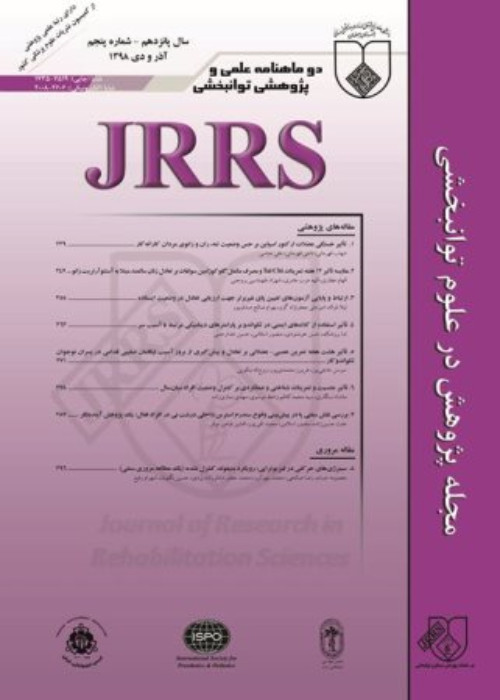Correlation between Spatiotemporal and Kinematic Parameters of Walking with a History of Falling in Women with Osteoarthritis of the Medial Compartment of the Knee
Knee osteoarthritis (OA) is a debilitating chronic disease that leads to swelling, inflammation, and pain in the knee joints. Most falls occur while walking, and it is thought that there is a correlation between gait characteristics and the risk of falling in the elderly. The aim of the present study was to determine the correlation between the kinematic and spatiotemporal characteristics of walking and the history of falls in women with knee OA.
60 women with unilateral OA of the knee were selected based on the research inclusion criteria in a purposeful and available manner and after filling out a written consent form, they were included in the study using a limited randomization method of block randomization type. Then, the falling history of participants was recorded. To record spatiotemporal and kinematic variables of walking, a motion analysis system was used. To measure the correlation between the spatiotemporal parameters of walking (movement and spatiotemporal data) and the history of falling, the biserial correlation coefficient was used.
According to the results of the biserial correlation coefficient test, there was no relationship between spatiotemporal and kinematic factors in all three joints of the hip, knee, and ankle and the subject's history of falling..
No correlation was observed between walking characteristics and a history of falls in patients with knee OA. It is possible that the participants with OA symptoms may be aware of their presence and physical activity, or may limit their daily life activities. It should also be noted that the current study is retrospective and patients may underestimate or overestimate their history of falls accordingly.


